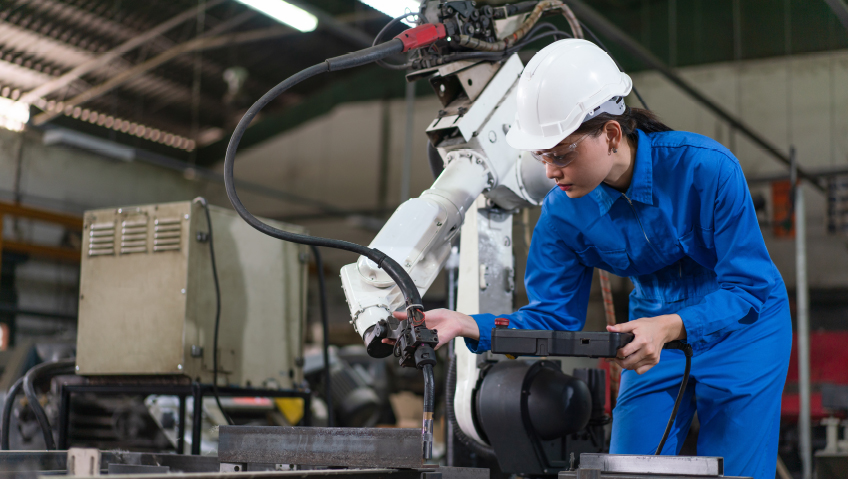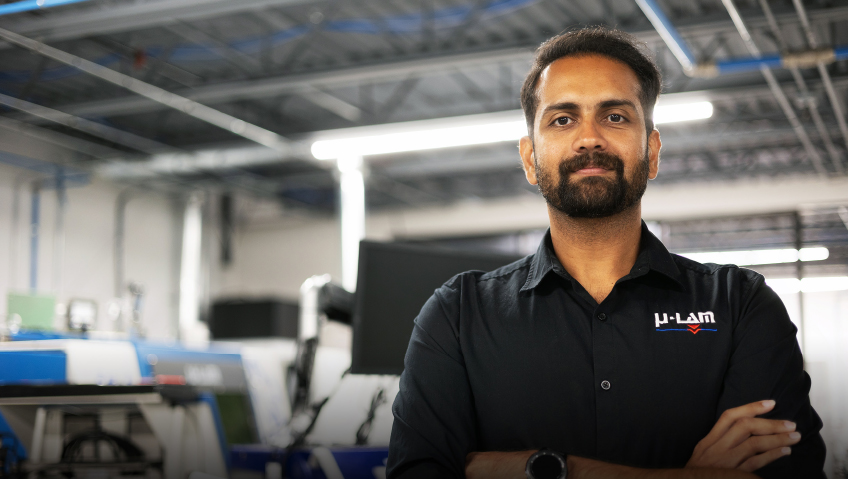Bay Materials is a polymer research and development firm in Silicon Valley, California that creates and distributes advanced high-performance thermoplastic materials for orthodontic applications. The company has helped change the game in tooth alignment with Zendura®, a unique line of polyurethane materials.
With its Zendura FLX multilayer aligner material, Bay Materials has introduced an entirely new generation of clear aligner therapy to meet the pressing needs of both patients and physicians by improving tooth-moving characteristics and significantly lessening the patient’s discomfort.
A member of the Straumann Group, Bay Materials was founded in 1998 by chemist Dr. Ray Stewart as a polymer design and consulting firm working on a variety of projects ranging from Department of Defense projects to providing analysis of the properties and characteristics of different plastics for the semiconductor industry. “Bay Materials was primarily supporting anybody that needed some expertise in the clear plastics or thermoplastic market space,” says Srinivas Katta, Director of Product Management.
This line of work eventually brought the company to dental applications, when Invisalign approached Dr. Stewart to develop a material that would work for dental therapy, and as Invisalign went public, it offered a significant opportunity to explore and grow in the market. The ultra-advanced polymer chemistry created at Bay Materials over 20 years ago with the express purpose of developing clear aligner therapy technology laid the foundation for its solutions today, including the new generation of material referred to as Zendura VIVA.
Keeping it green
In order to continue growing and evolving in the sphere of plastics, Bay Materials is determined to make headway into high-performance materials that are also sustainable. “When we started the journey, it was mostly about efficiency and treatment outcomes,” says Katta. “There was a significant amount of investment that went into choosing the right kind of plastic that would not just provide treatment outcomes, but also be environmentally friendly, easier to manufacture, and easier to produce.”
Visions of a future that includes recyclability—while also focusing on performance and efficiency—have led the company’s R&D team to drive innovation by developing various recipes and resins that are more eco-friendly and sustainable. “That’s one of the goals we’re trying to accomplish in 2025,” says Katta. “We want to come up with a more structured recycling strategy.”
Bay Materials is making significant efforts to ensure that the plastics it produces don’t end up in landfill, and is focused on finding solutions—for example, investigating whether the material can be reused. “We’re trying to partner with companies that could take the residual resins and the residual sheets that we currently have and make it into usable products, including benches and tables,” Katta says.
It’s a commitment Bay Materials has taken to heart and one that will remain a priority in the coming years. “This is one of our core objectives for 2025,” says Katta. “We do have a brand that is very well recognized, but we also need to stand out and differentiate ourselves as a company that is eco-friendly, and that drives significant adoption among the clinicians who are now more environmentally conscious. At the same time, this helps cement us as an innovator in that space.”
Indeed, Bay Materials is leading the way in developing strategies and best practices that could be adopted by everyone in the industry.
Going global
Another ongoing objective for the company is growth. While Bay Materials is primarily an American company, with most of its business coming from the U.S., it does have a significant presence in the Asia-Pacific region, and the team is looking further afield, expanding into territories and regions that offer significant opportunity while also managing limitations relating to the cost of the material, such as EMEA (Europe, the Middle East, and Africa) and Latin America.
“It could be material availability, it could be regulatory landscape,” Katta says. “That’s what we’re trying to do in the next couple of years: to make sure there’s a globalization of the product that we currently have, and as the regulatory landscape changes, we’re adapting to the new rules and guidelines.” These regulatory guidelines could include, for example, not being able to use certain constituents in the plastics due to allergy issues, which is where the company’s innovation team comes in, striving to develop new technologies that can overcome or adapt to these challenges.
In terms of new technology and extensions to what Bay Materials is currently doing, the company is looking at alternative segments within the dental market itself, says Katta, and tapping into these segments while utilizing its existing core competencies. “Our focus has always been on the orthodontic industry, but we may extend beyond orthodontics into sleep medicine or other fields still driven by plastics.”
Innovating with direct 3D printing
As Bay Materials continues to evolve, the team believes that one of the most intriguing shifts taking place within the industry is direct 3D printing of clear aligners, a technology that eliminates a great deal of waste. “At the same time, the obvious biggest challenge with that is growth and adoption of printed technologies,” Katta says.
“While several companies are investing in 3D printed solutions, what we’re focused on is coming up with a unique solution to this 3D printing issue in a way where we’re not compromising on the actual material efficiency. We pride ourselves on having a strong patent of our own, and being the only company attempting to create a 3D printed multi-layer material is an important and innovative objective for us.”
Looking ahead, Bay Materials’ commitment to eco-friendly output remains high on its list of priorities, and the team hopes to usher in a whole new suite of eco-friendly products to either replace existing products over time or form an alternative product portfolio.
“That’s one of the most important objectives in the coming years, along with the second important milestone of coming up with different unique solutions within the dental space. We don’t want to limit ourselves just to the clear aligners,” Katta says.
“And the third milestone to achieve is globalization. We want to be in multiple regions, multiple territories, and be the number one in almost every country.”
Right now, Bay Materials uses plastics ranging from 0.62 millimeters to one millimeter, but would like to bring that down to 0.5 to 0.76 millimeters without compromising on performance. “This would mean greater patient comfort and lower wastage of plastic,” Katta says. “This is another lever in our going-green initiative.”
Growth and value
Challenges for the company include working to understand the impact of potential tariffs and how those will affect business, along with market metrics in fickle and varying geopolitical circumstances, something that needs to be addressed “fairly quickly.”
“Another challenge is that as you grow, you need a lot more personnel, and so we need more procedures and processes,” says Katta. “Those are the growing pains we’re having; we’re growing at an astronomical rate, and we want to make sure that these challenges won’t limit us. But in fact, we’re identifying most of these challenges well in advance so they don’t limit us down the road.”
The company is also expanding its customer service, welcoming global customer service representatives in multiple countries along with more local representatives to support those growing markets. “Our focus has mostly been on the U.S., as customer service could not support us globally… Now we’re doing it in 2025 and will have a global presence with global sales and customer service teams.”
Certainly, staying on top of growth is vital as Bay Materials continues to innovate within the market. As a global leader, the company has always been the gold standard in the dental industry, with every aligner or retainer company looking up to Bay Materials. “That’s what sets us apart, and it’s primarily driven by our innovation, our team, our attention to detail, and our focus on customer centricity. We offer premium products and we bring value,” says Katta.
“And the customers appreciate it. That’s why we’re completely different from the rest of the industry; they’re all trying to be Bay Materials, but Bay Materials is leading the way. We’re always compared to others, and we are always considered number one.”






